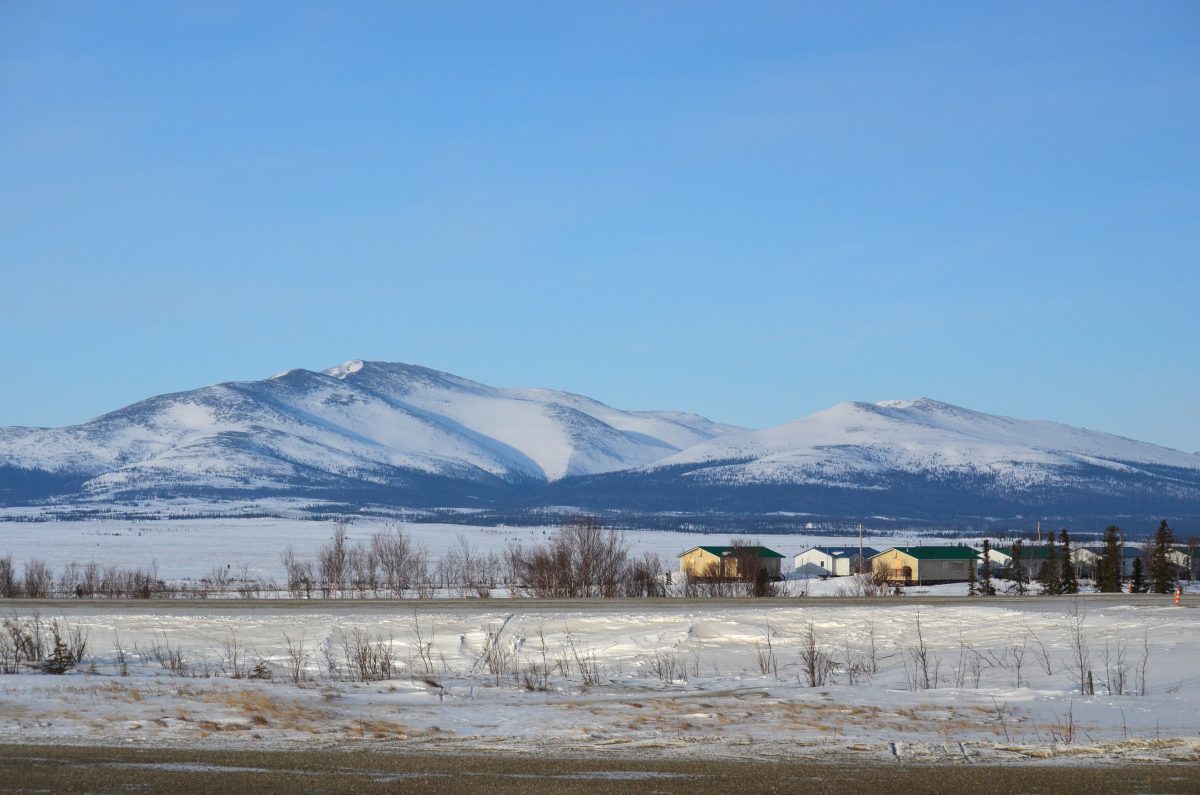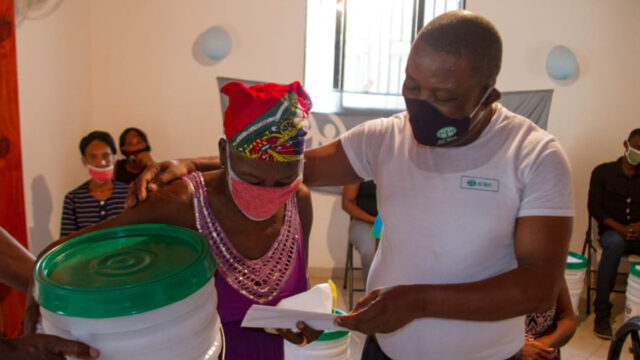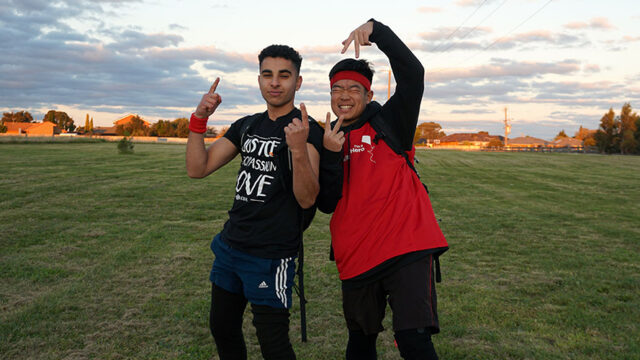There are few places more remote than what lies beyond the Arctic Circle. Vast, harsh, wide-open spaces make communication difficult and transportation nearly […]

There are few places more remote than what lies beyond the Arctic Circle. Vast, harsh, wide-open spaces make communication difficult and transportation nearly impossible. Despite the challenges, there are people who call the northernmost regions of Alaska home.

Alaskan Native Americans are part of North America’s original people groups, which have 566 distinct tribal nations identified in the United States alone.1 Their environment has made them a tough, serious people, and their history has made them wary and distrustful. As a result of terrible mistreatment and broken promises by governments and others throughout the years, Native Americans rate the highest in suffering from poverty, unemployment, domestic violence, sexual assault, alcoholism, drug addiction, and suicide.2 Alaskan Native Americans, with the added environmental factors that encourage depression, suffer from some of the highest rates among native peoples of the aforementioned list, especially suicide.
“Everyone here has had a family member commit suicide,” says Anthony Sherman, an Adventist Arctic Missionary Adventure volunteer and community health aid practitioner above the Arctic Circle, “but no one talks openly about it. Alaskan Native Americans are a very private people. It takes a long time to earn their trust.”
Anthony should know; he and his family have been serving in the village of Shungnak for nearly six years, and only recently succeeded in enrolling two individuals in Bible studies. When the Shermans first arrived in Alaska, they were inspired to move to Shungnak, where Anthony was trained as a community health aid practitioner through a tribal health organization known as Indian Health Services. Anthony, with some support from the local conference, sought to use his newly learned medical skills to make connections for Jesus—but progress has been slow.
Meeting the Challenges
The challenges can seem overwhelming. Most individuals speak English; however, the older, stylistic language of the King James Version of the Bible, the most readily available version in Alaska—combined with low literacy rates—makes it difficult for the native peoples to understand Scripture for themselves. This has resulted in the Bible being held in great respect but viewed more as a relic or magical item. A few translations in other dialects are available, but not sufficient to meet the needs. Not being able to understand Scripture means that getting to know and having an authentic relationship with Jesus is not common. Couple this with postmodern worldviews, and it makes it very difficult to share the gospel message.
Surprisingly, most Alaskan Native Americans consider themselves Christian. This is the result of a plan implemented by Alaska’s U.S. general agent for education in 1885 that divided the state geographically among various denominations for mission work.3 Therefore, when looking at Alaska today, one can find a region filled with Baptists, Catholics, Quakers, etc.
Seventh-day Adventists also had an impact in Alaska at one point, but today only 12 of more than 200 native villages have any sort of Adventist presence. Regional denominations have become so entrenched that local governance, social networks, and support systems are intertwined with them, making it extremely difficult for individuals to accept the Adventist message, as it would often mean further isolation in an already-lonely world.
Collaboration
Even so, individuals like Anthony have made it their life mission to share Jesus as best they can. Anthony has found that he can work with other denominations in his area instead of working against them. This has resulted in his sharing important biblical truths with the Native Americans as well as the nonlocals living in Shungnak. He has even used his minimal skills in music to reach the people in a different way.
“Native people love music,” Anthony says. “Music provides simple, easy-to-understand spiritual truths that bring them comfort. They will sing for hours at a time when given the opportunity.” Weekly “singspirations” are some of the best-attended events in the area and build relationships with the entire community.
While no one has claimed Adventism yet, Anthony views community collaboration as major progress. “It’s hard to see exactly how the Spirit is working, but I believe things are happening. After many years, people are starting to warm up and trust me and what I have to say about Christ.”
More Workers Needed
The local conference is seeking to revitalize mission efforts in the region above the Arctic Circle. Church plants in Selawik and Ambler are becoming a reality, with many others, it is hoped, on the way. It seems that the only way for these church plants to be successful, however, is to have more people like Anthony in the field.
“What is needed more than anything,” says Anthony, “is an individual who is committed. Committed to a trusting, obedient relationship with Jesus and committed to staying with and serving the native people of Alaska. Many individuals have come and gone, and the people have become hardened. Having an individual choose to stay and be with them could make all the difference in whether or not they will choose Christ.”
Medical professionals, teachers of all subjects, and many other workers are desperately needed throughout the Alaska Conference. Please pray that God will provide for His beloved Native Americans of Alaska. Should you feel the call to serve or to learn more about mission opportunities through the Arctic Mission Adventure ministry of the Alaska Conference, go to http://www.alaskaconference.org/arctic-mission-adventure.
1 http://www.ncai.org/about-tribes.
2 Sari Horwitz, “The Hard Lives—and High Suicide Rate—of Native American Children on Reservations,” March 9, 2014, accessed June 30, 2016, https://www.washingtonpost.com/world/national-security/the-hard-lives–and-high-suicide-rate–of-native-american-children/2014/03/09/6e0ad9b2-9f03-11e3-b8d8-94577ff66b28_story.html.
3 U.S. National Library of Medicine, “Native Voices: Timeline,” accessed June 30, 2016, https://www.nlm.nih.gov/nativevoices/timeline/366.html.
Juliana Baioni is a marketing and fund-raising assistant for Hope Channel, headquartered in Silver Spring, Maryland, United States.








